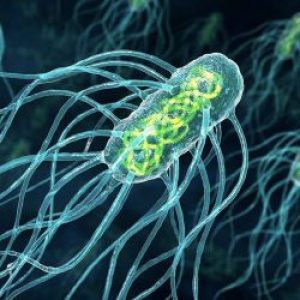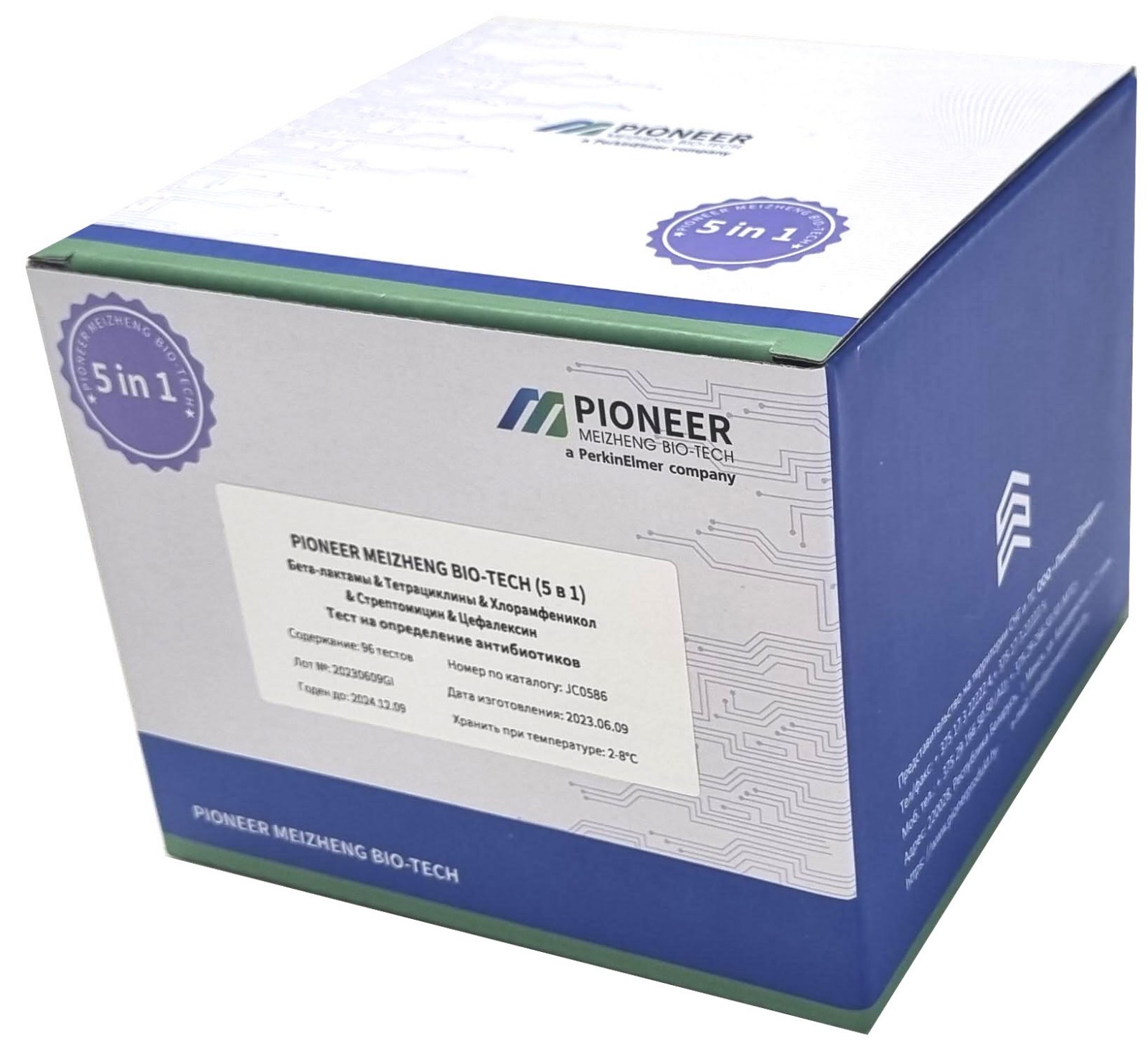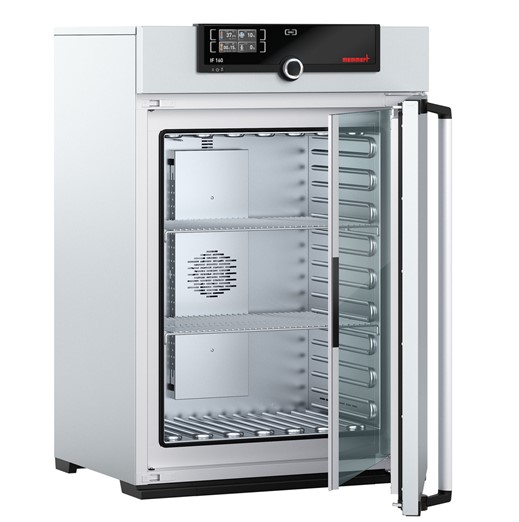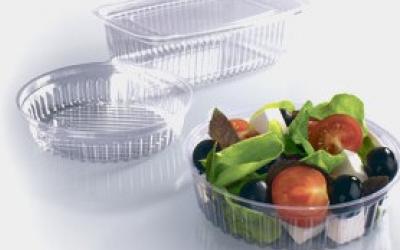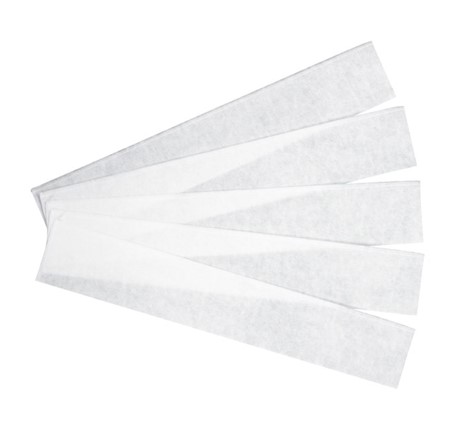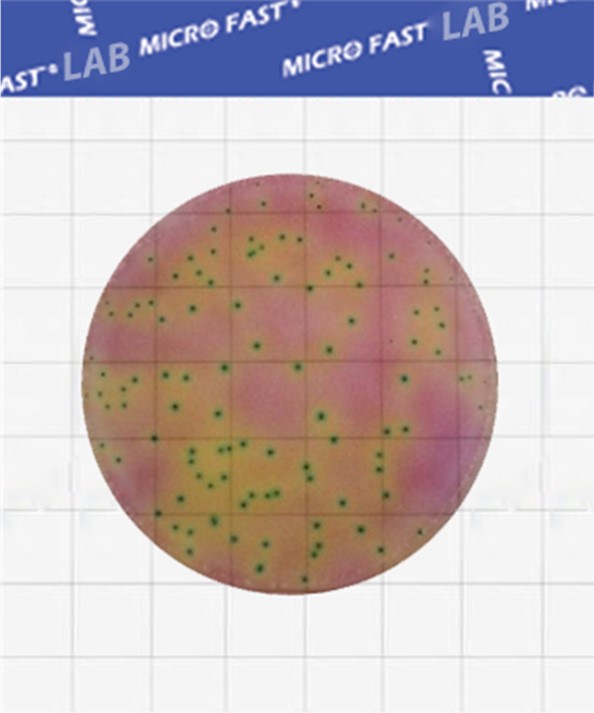Assessment of salmonellosis status in pig farms
A total of 105 farms across Germany were selected for the study
, with between 50 and 10,000 sows. areas contaminated with salmonella in pig farms.
Salmonella, a Gram-negative bacterium, is a common cause of food poisoning outbreaks, diarrhea, and septicemia. Pigs are a common source of salmonellain the food chain, often without clinical signs. Therefore, it is essential to have a sensitive, cost-effective and practical sampling method to detect infected breeding stock. Samples of socks (shoes) and swabs from the environment are reliable methods for diagnosing salmonellosis on farms.
Data collection
The team took samples from 105 farms throughout Germany with between 50 and 10,000 sows. They collected socks (shoes) and environmental swabs from all production sites. These include farrowing pens, insemination, gestation and gilt quarantine facilities, and a nursery. They analyzed 2,355 sock and environmental swabs, with an average of 22 samples per farm.
Results: 92.4% of farms are positive
The results showed that 92.4% of the farms tested positive for Salmonella in at least 1 sample. 33.1% of sock and environmental swabs were positive. The number of positive samples in different production areas varied for individual farms. In addition, 45% of samples from nurseries, 18.7% from farrowing sites and 20.86% from other sites were positive for Salmonella. The proportion of different combinations of positive or negative samples from socks (shoes) and swabs from the environment varied for different sampling sites. Investigators found both positive sock samples and environmental swabs most frequently in the nursery (55.2%). They found both negative samples from socks and swabs from the environment, most often at farrowing sites (62.1%). Salmonella Typhimurium was found on 77.1% of farms, and the team found Salmonella Derby on 18.1% of the farms. Salmonella Enteritidis was found on 4.8% of the farms.
Farm size and region did not affect Salmonella positivity
The study also found that farm size and region did not significantly affect Salmonella presence in each production area, as herd selection criteria were based on association with feedlots with known high seroprevalence or presence of clinical signs indicating the presence of salmonella. The large number of positive samples in nursery areas suggests that the piglets are a source of Salmonella for the associated fattening farms. There is a risk of subclinical infection in suckling pigs, making them active carriers of Salmonella.
Moult
Samples taken from the farrowing area showed moulting sows, moulting of previously infected suckling piglets, or contaminated environment. Farrowing facilities that are difficult to clean and disinfect are considered a constant source of re-introduction of pathogens. Salmonella can survive up to 50 months in the environment and up to 24 weeks in manure, further increasing the risk of infection.
Careful sampling of the farrowing area
Therefore, it is recommended that samples be carefully taken from the farrowing area during the suckling period in order to assess the risk of initial infection of piglets. Sock (shoe) and environmental swab samples are non-invasive, suitable for farms of any size, and are easy-to-apply screening methods for pig farms. To avoid missing out on positive results, it is recommended to use both sampling methods at each sampling point.
This study highlights the importance of assessing environmental contamination, identifying bacterial reservoirs, and understanding the risk of reinfection using appropriate sampling methods.

